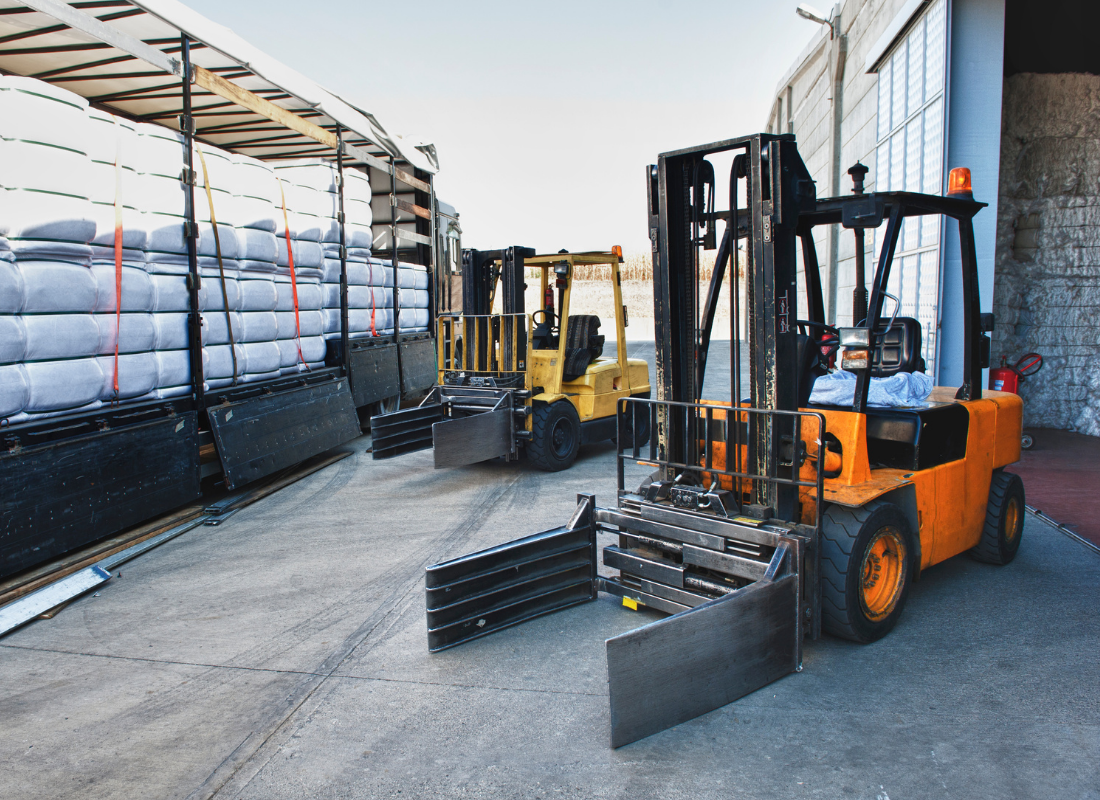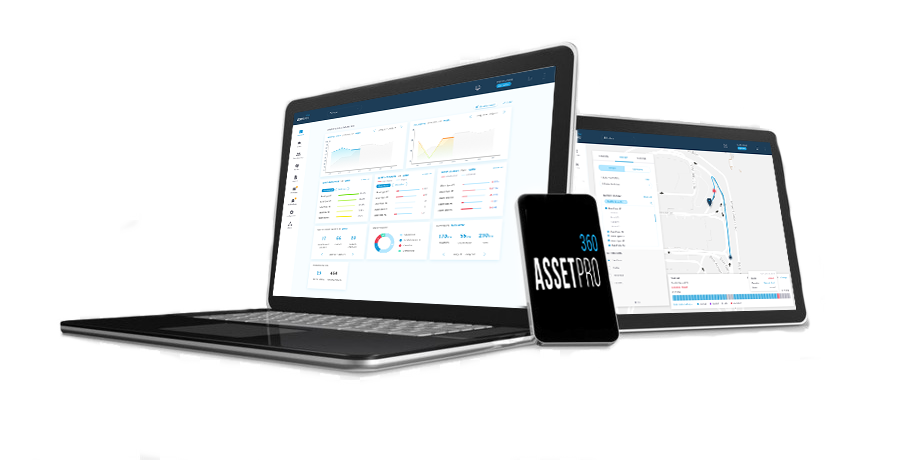The Importance of Fleet Managers
There may be a misconception concerning the importance of a fleet manager. If you consider this job irrelevant to achieving your business goals, including a hefty bottom line, then you are destined to be presiding over an unsuccessful enterprise.
The job of a fleet manager is an essential one for any business that relies on vehicles.
Operations need a person specifically tasked to be the fleet manager. It can’t rely on a sometimes manager or a part-timer. It is a full-time job that requires attention not just from 9-to-5, but also for 24-hours a day, seven days a week, 365 days a year. They need to be available to deal with the unsuspected and emergencies.
What Does A Fleet Manager Do?

A fleet manager is responsible for overseeing, coordinating, and expediting the transport needs and activities of a business.
A good fleet manager focuses on limiting overall spending through cost-effective use of vehicles and the fuel, spare parts, and other items they need to operate.
A competent fleet manager must:
- Make policy as to how to use the vehicles and who will operate them.
- Identify all of the specific features the vehicles must have to meet the operation’s requirements.
- Choose and acquire or lease the vehicles.
- Choose the appropriate insurance for each asset in the fleet.
- Manage usage and maintenance of the vehicles.
- Know how to use and interpret data generated by fleet management software.
- Know when it’s time to turn in leased vehicles or sell old ones.
- Recruit, hire, and train operators.
- Deal with the concerns of the workers.
- Ensure the health and safety of vehicle operators.
- Ensure that the vehicles are safe to use and secure.
Fleet management is a complex endeavor that requires an individual who has an abundance of skills, including management, data analytics, research, decision-making, human interaction, and mechanics.
Policy
So now we know what a fleet manager is supposed to do. However, actual execution can be an issue. For example, neophyte managers may believe that there is no need for a policy to guide the operation of a fleet. So they may be inclined to come up with no policy at all or one that is incomplete.
For a fleet to be workable, you first have to have a complete policy. There must be purpose, scope, objectives, a plan, and an approved budgeting process. This latter is essential when the fleet manager actually determines the types of vehicles he should be leasing or buying, as well as for the procurement process, ordering of vehicles and recruiting, and assigning personnel to man the vehicles.

Having a policy is essential to the process of vehicle management. It is crucial for decision-making on the purchasing and distribution of fuel, maintenance, and repair issues of the vehicles, and what insurance structure to follow.
Once these sets of rules and processes are in place, it becomes easier to identify when and with what type of vehicle you should replace within the fleet to achieve your cost-effective goals.
The policy can’t ignore the people who are assigned to operate the fleet. It is important to include how to assign personnel and what vehicle to operate, as well as safety guidelines.
How to deal with reports concerning the efficient use of personnel, vehicle, fuel and maintenance time, and how to handle changes in the plan.
Managing a Fleet
Once the policy is set and understood by all involved, the issue of actually managing the fleet is a new challenge. Here’s a breakdown of what you’ll need to do:
1) Identifying needs is a priority.
Knowing what is lacking in your operation influences the type of vehicle you buy or rent.
For example, if the business involves a warehouse, then the vehicles leased or purchased need to be materials handling equipment. And include manual and powered forklifts, stackers, reach trucks, bulk materials handling equipment, and racking equipment.
Of those vehicles that need fuel, you need to consider fuel availability, the terrain on which the vehicles travels, acquisition costs, availability of local dealers that sell, repair and maintain the vehicles, availability of spare parts that the vehicles use.
2) The process of acquiring the fleet.
 To execute this portion of the policy, it is necessary to know about the advantages and disadvantages of leasing and what is involved in the development of leasing agreements. It is also necessary to know the advantages and disadvantages of buying the fleet. Regardless of whether you decide to lease or buy, consider whether to keep all aspects of the fleet including maintenance and repairs in-house or to outsource the responsibility.
To execute this portion of the policy, it is necessary to know about the advantages and disadvantages of leasing and what is involved in the development of leasing agreements. It is also necessary to know the advantages and disadvantages of buying the fleet. Regardless of whether you decide to lease or buy, consider whether to keep all aspects of the fleet including maintenance and repairs in-house or to outsource the responsibility.
What you decide depends on multiple issues, including the availability of the vehicles when they are required, the cost-effectiveness of one versus the other, the continuity of operation of the vehicles, the proper certification and safety of the operators, vehicle safety that includes safe use of the vehicles on the road, how the vehicles are secured and garaged.
What you decide affects how one performs the job of fleet manager.
3) The maintenance process.
If you decide to keep the fleet management in-house, you can still outsource the maintenance. Of course, you can keep it in-house, or you can hire an outside mechanic to be responsible for the actual maintenance and repair. Cost-effectiveness should be part of the decision process.
If you decide to outsource the maintenance, then the responsibility of the fleet manager is to coordinate everything with the business chosen to perform the service.
The maintenance process includes preventive and routine maintenance and management documentation.
___________
Conclusion
The job is so complex that a fleet manager needs assistance from today’s technologies. Telematics is the one technology that can be designed and implemented to provide that assistance.
 Access is the only fleet management provider to offer a complete line of telematics devices to monitor any powered equipment, vehicle, or batteries. All data is displayed in our cloud application, AssetPro360 that connects to our entire range of products. AssetPro 360 generates reports to show how to improve asset and battery performance, maintenance, and safety for a more productive, safer, and cost-effective operation.
Access is the only fleet management provider to offer a complete line of telematics devices to monitor any powered equipment, vehicle, or batteries. All data is displayed in our cloud application, AssetPro360 that connects to our entire range of products. AssetPro 360 generates reports to show how to improve asset and battery performance, maintenance, and safety for a more productive, safer, and cost-effective operation.
For more information on Access Control Group and its devices, contact an Access representative.
